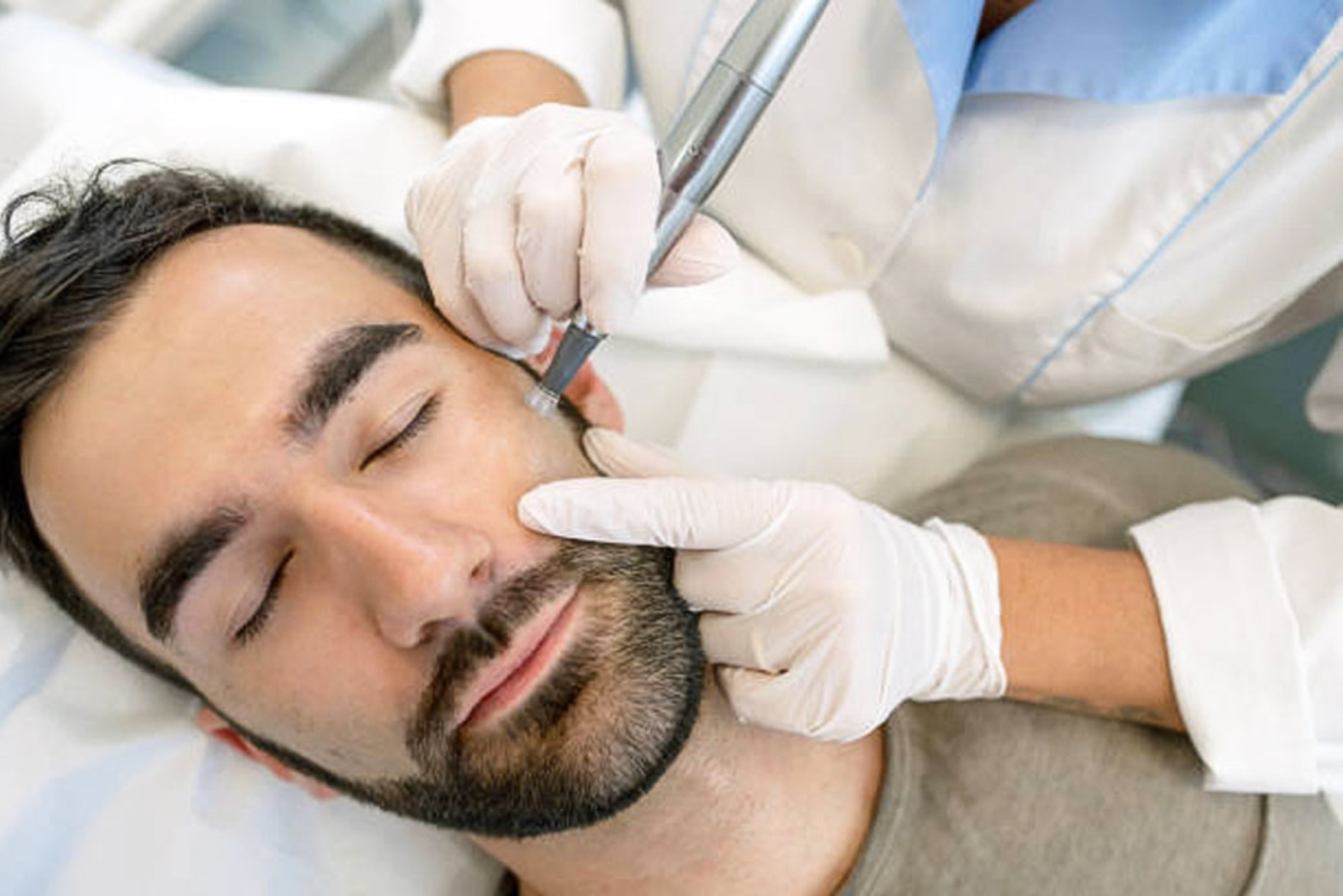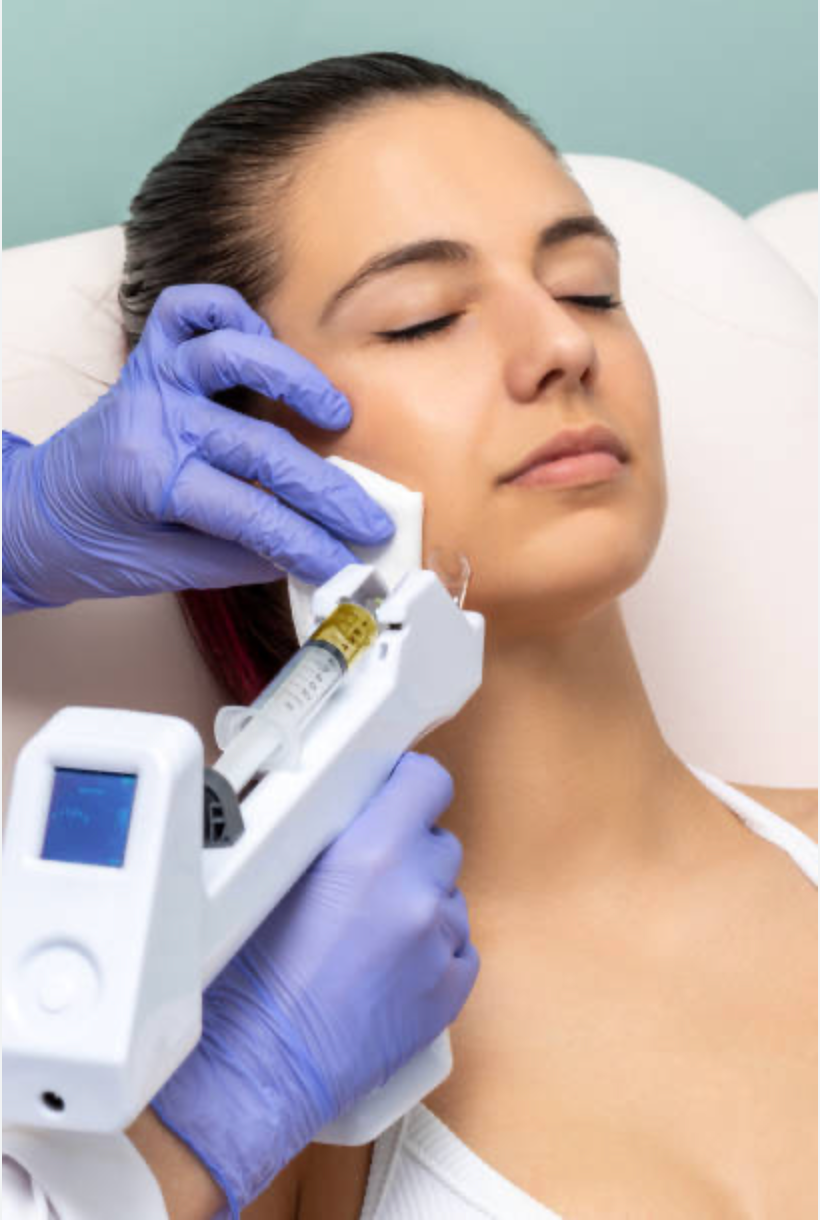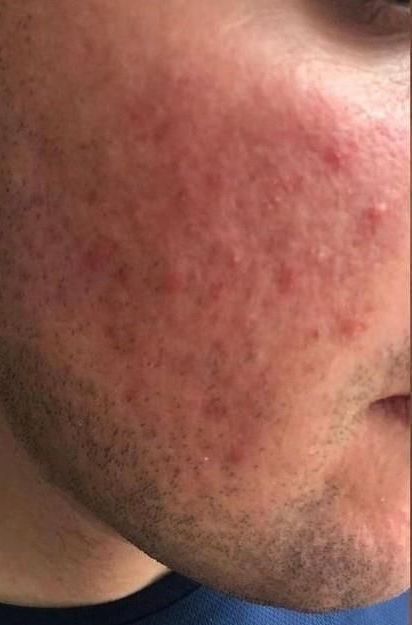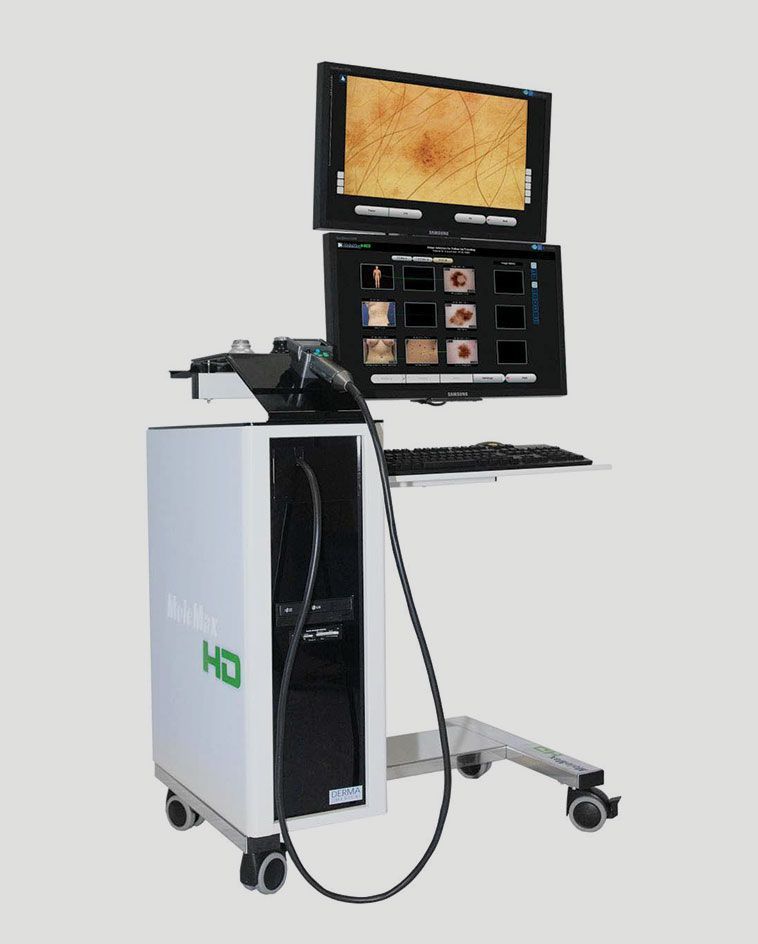REAL FRIENDS TELL friends when they have something in their teeth, a booger in their nose, or a mole that doesn’t look quite right, right?!? All can be awkward conversations, but that last one can save a life, so it’s one worth having. When caught early, melanoma, the deadliest form of skin cancer, has a cure rate of 98%. Yet, we all have family and friends who still haven’t had a skin exam. Here, top skin cancer doctors share the most common excuses you’re likely to hear, along with spot-on advice to get your loved ones in the Skin Clinic.
“It’s intimidating!”
We get it. You’re naked down to your underwear (beneath your robe) while a doctor scans every inch of you under polarised light and unique magnification (using Dermoscope). What if he finds something? “For a lot of people, it’s the fear of the unknown,” it helps to know what to expect before you arrive. “Yes, you’re expected to undress. Only if we find something, we’ll take a biopsy, [removing] a tiny piece of skin”. If so, you’ll get results in about a week.
“Skin cancer is no big deal.”
Skin cancer, the most common of all cancers, is highly treatable and curable when detected early, but it can spread quickly and turn deadly. Suppose you have a friend or relative who seems cavalier about its severity. In that case, it’s time to hit them with some sobering stats: 15,000 Aussies will be diagnoses with melanoma this year, and every 5 hours, an Australian die from melanoma. At least 2 in 3 Australians will be diagnosed with skin cancer before the age of 70. We’d say that’s a pretty big deal.
“I’ll go at some point.”
We’re all busy. It’s easy to push preventative screenings to the back burner, but putting off a skin check can be a matter of life and death. Diagnosing skin cancer in its earliest stages is crucial for a good prognosis. We want to catch it early, A melanoma that’s; deeper than just one millimetre can lead to a drop in survival rate percentages.” The takeaway: This is one appointment worth making time for.
“I don’t have a family history of skin cancer.”
We know that genetics play a substantial role in melanoma. One in every ten melanoma patients has a relative who’s had the disease, too, according to the Skin Cancer Foundation. But you can be the first in your family to get skin cancer. “There’s undoubtedly a significant genetic component to melanoma, but sun exposure and indoor tanning are also substantial risk factors—your risk of developing melanoma doubles from just five sunburns, regardless of your family history.
“I have dark skin; I don’t burn.”
Skin cancers may be less common in dark skin tones, but they do occur. And when a person of colour gets melanoma, it tends to be diagnosed at a later stage. Why? Most likely because no one was looking for it. The most common type of melanoma in dark skin is acral lentiginous melanoma (ALM), which shows up in less-than-obvious places like the soles of your feet or fingernails and toenails. World-famous Jamaican musician Bob Marley died at the age of 36 from a melanoma that started under his big toenail.
“I’m afraid the doctor will find something.”
It’s easy to go down the rabbit hole of what-ifs, but here’s a bit of reassuring news: Research has shown that the majority of moles are benign—77%, according to one study in JAMA Dermatology. And if your doctor does find something suspicious, know that a biopsy is relatively painless. Most people say the worst of it is the pinch of the needle from the local anaesthetic.
“I do my self-checks.”
Kudos! You should monitor your moles. Doctors say to be aware of the ABCDEs of melanoma:
- Asymmetry
- Border (a jagged, uneven one)
- Colour (black, brown, red, pink, blue, or clear)
- Diameter (5 millimetres, the size of a pencil eraser)
- Evolution (changes in size, texture)
But it would be best if you didn’t wait for these signs to see a doctor. “With a mole greater than 5 millimetres, we may already be dealing with advanced melanoma.” Getting annual skin checks by a trained physician is the best way to catch a new spot before it evolves into something worse.
“I’ve had these moles forever.”
While it’s true that the majority of melanomas are new growths, close to 30% of melanomas are found in moles you’ve probably had for as long as you can remember. A skin doctor monitors these existing moles for changes in size, colour, shape, or texture--changes that your untrained eye can overlook. “When things are slow-growing, you might not notice any changes, and We can take measurements and pictures—pictures are objective.”
“I never go out in the sun.”
UV rays from the sun (as well as tanning beds) are the biggest culprit for skin cancer, but cancerous moles and lesions can pop up where the sun doesn’t shine—the soles of your feet, inside your mouth, or genitals, even in internal organs. So, experts know UV isn’t the only contributing factor. And while you might avoid the sun as an adult, cancer-causing UV damage is cumulative and linked to childhood sunburns. Even one blistering burn as a kid up your chances of developing skin cancer later in life. Praise your pal’s intelligent choices—and remind them they still need an appointment!





















